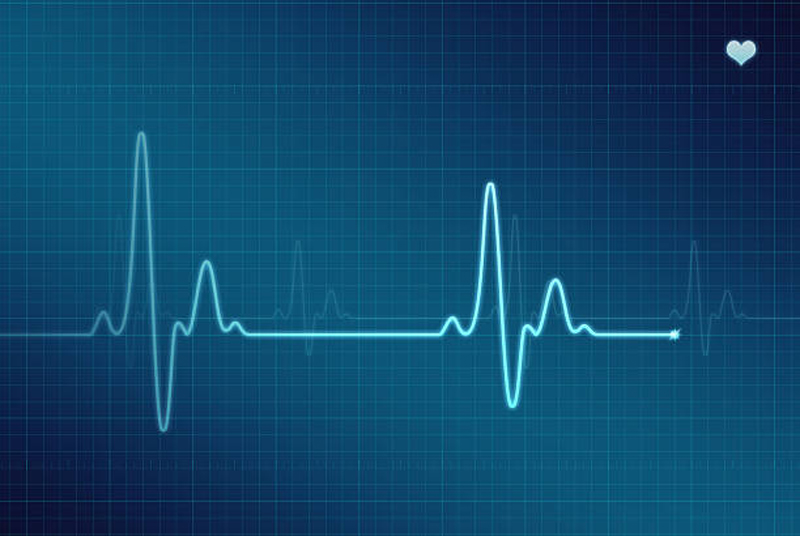
As unfortunate as it gets, stress nowadays constitutes a major part of humans’ daily routines. It is particularly true for the highly urbanized metropolitan areas, in which a great majority of the population of the developed countries resides. Tight timetables, the constant requirements to have something done, persistent problems, and concerns that tend to accrue into a great unbearable pile make the urban life Sisyphean.
That being said, the path to the solution of any problem is first and foremost paved of its realization. Thus, it is vital to recognize the share of the stress in your day-to-day life and, consequently, its impact on your health status and wellbeing. Once the bounds are already set, it is way easier to take decisive action to approve your health outcomes.
Now, the question may have already arisen – how to evaluate the influence of stress and, therefore, how to do one’s best to eliminate its presence as totally possible from the routine. Well, the suitable foods of high quality – as, for example, galangal – a traditional remedy plant that decreases the cardiac contractions and minutes cardiac output due to heart glycosides in its content – and regular exercise at least once a week may help you fight stress. Still, you can as well try to avoid it altogether. How? A novel metric of HRV – which means “Heart rate variability” – can be a valuable tool in detecting stress imprint.
It is settled, then. Let’s disassemble the HRV to explore its convenience, appropriateness, and practical application.
Heart rate variability – as advantageous as it gets
As a brief disclaimer, take notice that at this moment, I will only provide you with a quick summary of HRV. Ergo, should you have enough spare time and dedicated enthusiasm; it will be in your best interest to check out this master-crafted in-depth article from the corresponding specialists at Welltory. This leading software serves both as the nutrition app as well as HRV biofeedback app.
Let’s then head waist-deep into the theory of heart rate variability and intricate connections between heart rate variability and stress.
What is heart rate variability?
By far, the most obvious question will be, “What is HRV, exactly?” As is traditionally explained, heart rate variability is a natural phenomenon of difference in time between each individual heartbeat. Logically, your heart is not a perfect metronome, and the interval between heartbeats is constantly changing, indistinguishable to humans – but not to the machines.
How to measure heart rate variability?
The best way to measure HRV is to use a heart rate variability tracker device combined with the application designed specifically to gather HRV data and analyze it. Thereupon, you need to collect two parts of the combo.
The hardware part
Since having the most accurate cardiovascular data collected is in your best interest, it would be wise to invest some funds into purchasing the specialized device created solely to catch the markings of heart activity of its bearer. Indeed, there are many related devices in the market, being either electrical or optical, ranging from chest-on straps to on-wrist appliances, being either standalone or incorporated into fitness-watch. You probably won’t miss a deal on this. Just check the compatibility of your heart rate tracker with the desired software – and vice versa – apriori.
Besides, some heart rate variability apps offer an opportunity to gather cardiovascular data using nothing but the smartphone’s camera. Such a method is called “Photoplethysmography” (PPG). Rationally, with software that offers you a possibility of smartphone PPG you may as well not need a dedicated heart tracker – though, arguably, numbers collected using this method are of lower quality.
The software part
The software is required to statistically comb through the gathered data, analyze it and provide end-users with easy-to-read and concise conclusions. A piece of advice that follows the conclusion is welcomed as well. As such, I consider the apps with a clean, neat user interface to have an advantage over those having clustered numbers all over them, even if the latter has a more technical functionality.
Using this rationale, Welltory might as well be the app of choice for the beginner. Though its strength lies in user-friendliness, do not allow the comparison above to sway you into thinking that Welltory lacks proper functionality – that would be a wrong assumption, indeed. Additionally, Welltory has the PPG feature mentioned above, which reinforces the fact that it’s ideal for beginners that are not yet sure whether they should buy a dedicated heart tracker or not.
What is good heart rate variability?
The answer to the question regarding good HRV is undeniably vague. For example, we can say with great certainty that 60-80 beats per minute are an excellent healthy resting heart rate – and such numbers for HRV are not yet provided with adequate confidence. Hence, the normal HRV values for you are those you have while being totally stressless and calm.
How to improve heart rate variability?
To improve HRV, you need to directly fight the etiological factor that causes the prevalence of the sympathetic nervous system. Simpler – you need to eliminate stress, the root of all evil.
Firstly, your health tracker app has already shown you when you feel stressed during the routine. Evaluate this information and try your best to exclude the stress-inducing situations from your life. Do you always need to cut short through that dark alley, eh?
Secondly, you can resist the stress that naturally arises from day-to-day encounters with regular exercising (thanks to Mr. Freud for the concept of sublimation – yeah, it is applicable here) and suitable nutrition. The most prosaic example of an anti-stress product is dark chocolate – those serotonin-inducing chemicals make the difference. On Health Benefits, you can educate yourself on the wide variety of “mood foods” that will help to make your stress more bearable.
Comments
comments